24 Simple Approaches to Generate New Ideas in the Workplace (Part 2/2)
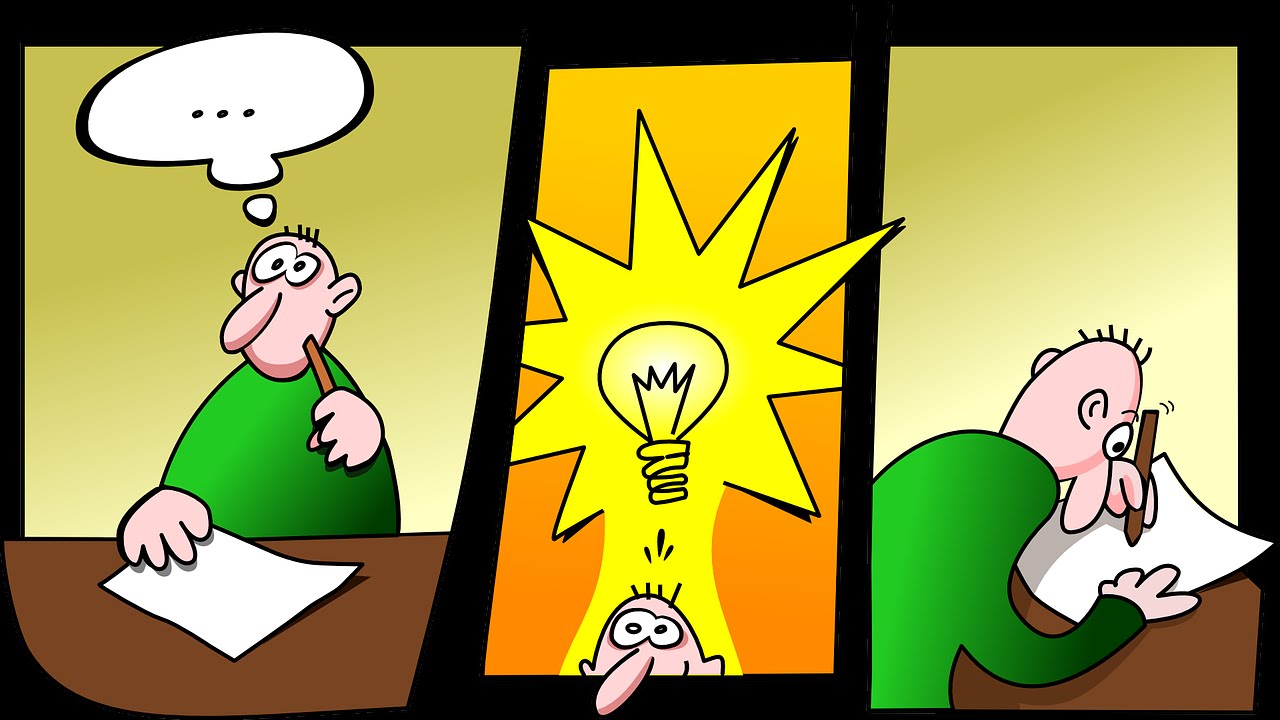
As mentioned in Part 1 of the article, the practical methods introduced here is to take you off from a well proven established viewpoint to compel you to do something which you otherwise wouldn’t do. This would be uncomfortable in the beginning but it slowly leads you on to the path of generating creative ideas.
When you follow these methods, it is natural that you come up with something that is entirely different. It is an opportunity to look at your work challenges from a fresh perspective and from a different frame of mind.
Practical method 2: Ask the question “What’s the way out”?
This addresses the question “what’s the answer to the stated problem” within your current work area. Let’s look at some of the practical ways in addressing “what’s the way out?” This aims at breaking down the tunnel vision. Our view broadens and we start looking at the fresh aspects and perspectives which we have not covered before in answering the question and in the process generating some creative ideas.
Some of these methods below inspire us to take action in a never before seen ways and we wouldn’t have known that there is a possibility of taking an action this way.
13. Twist existing service or product attributes
Most of the attributes of a product or service are measurable. It begins by twisting your key attributes and see what would be the result. We can choose one of the attributes like size or weight and twist it a bit, either increase it or decrease it and see what would be the results of such twists or making changes are. How does it impact the customers? What are the benefits that come out of such twists in the attributes? What effectiveness and efficiency can we bring in with such changes or twists.
Let us say that your company is making airline seats. Take up one key attribute and work with it till the end. For e.g., if we make a change (Increase) in the “size” of the seat, to a disproportionate level (Either too big, like a bed or like a kid’s seat) then in these scenarios, how would it affect the customer satisfaction? Would we have to compromise on the number of seats on the plane? The answers to such questions provide us clues as to the direction we need to take to make our decisions.
14. Imaginative downgrade or invert
Let us say if our question is “How to increase the brand awareness the product”. Then how would you answer, if you totally invert the question or put it in opposite way for e.g., “how to downgrade the product”. The answers to such inversion would generate creative ideas to actually increase the brand awareness of the product in this case.
15. Practical Day Dreaming
Just relax! Sit back and say “Wouldn’t it be so beautiful, if I were to… ”. Image yourself to be having limitless capabilities, then what would you do in this scenario?
Sometimes you need to move out of your analytical mind and see things more intuitively. Move slightly away from your left brain to your more artistic right brain. Creativity, creative ideas for answering and a way out of your problems come easily when you perceive and see through your intuitions.
16. In someone else’s shoes (Dead or Alive)
Taking another person’s opinion for providing a creative solution is another practical way. Here, we can choose a person, it could be a historical figure, celebrity or a fictional person. It does not matter whom you are choosing as long as you know a bit (characteristics) about that person. Now imagine yourself to be that person. How would you respond? How would you find a way out?
17. Creating an analogy
By creating an analogy for the problem we can generate creative ideas and associate with the problem For e.g., if our main problem or question is “How to reduce costs by 10%” then an analogy for that problem could be “It is like riding a roller coaster ride” or it could be “Holding a hot potato in your hand”. So, once after we have made this analogy, we can justify its associations with the main problem. We can also justify its validity. By doing this we can generate create associations with the main problem and there by some creative ideas.
18. Identify a word off-hand
We can quickly choose a random word or a word that comes to your mind off-hand. Then generate associations with that word and we can relate it back to the problem or question.
19. Pick an object
If you are working in a group, allow the group to be split for a few minutes and tell them to come back with any object they have found on the way back. Ask the group to talk about the object they have picked up on the way. Make associations with the main problem. You are bound to have some creative ideas on the way out for the problem.
20. Create meaning out of gibberish sentences
The human brain has the natural ability to make meaning out of the disorderliness and chaos. So, take a random gibberish sentence and force a meaning out it. For e.g.:- “the beast in the forest of bees” try to make a meaning out of this sentence. Then make associations with the main problem. See, how we can relate the meanings you make out the sentence with the main problem.
21. Making random scribbles
Just close your eyes make some random scribbles for a minute. Allow yourself to flow and see what associations you can make with the problem at hand with the drawings you have made. What does this remind you of? See what is interesting and does it relate to your problem?
22. Spend time with kids
Kids come up with all kinds of possibilities without any pre-conceived ideas. Kids can be given a context, we need to phrase it in such a way that they understand the problem or question. We can ask their inputs and take suggestions.
23. View in its constituent parts
All problems can be split into components or various parts. We can then handle each of the parts one by one to make it more manageable.
24. Learn from nature
There is lot to learn from nature. By observing how nature works, many great associations and ideas have been adapted. We can think about an analogy to the problem in a way how it occurs in the natural world. We can then look for ways in which plants or animals would solve and have found a way out of the problem.












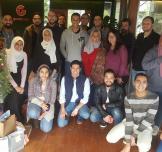










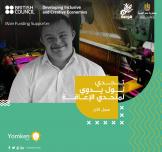
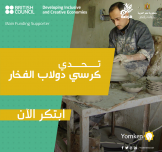





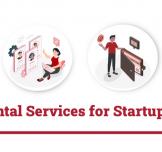
























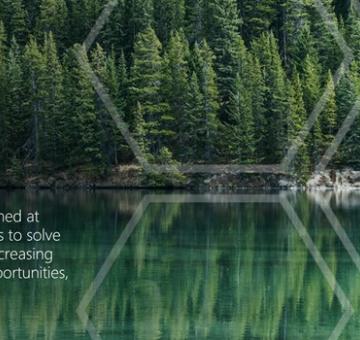











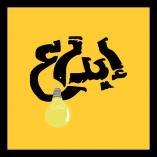

EgyptInnovate site is not responsible for the content of the comments